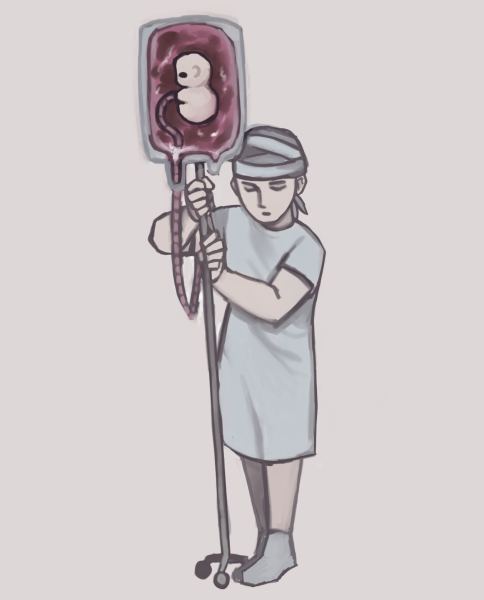High school sports: separate but equal
March 29, 2014
The spring season is underway with SCHS’s only truly coed sport: golf. Three other sports on campus—football, badminton and wrestling—are co-ed in name, but only to varying degrees in spirit.
Football allows girls to try out, but most girls choose not to and the few who tried out not make the team.
Badminton has both sexes on the same team, but in an official match, only players of the same sex compete against each other.
Next to golf, wrestling is perhaps the most truly co-ed. During regular season matches, girls may face boys in their weight class—but not during CCS.
Officially, spring golf season is boys golf. Girls golf is during the fall, but since not enough girls play golf at SCHS, they must play with the boys.
With these exceptions, all the sports at SCHS have separate teams for each sex. The separations exist because of the physiological differences between the sexes.
Sports medicine doctor Jeffrey Blue explained that men and women differ in body structure and muscle distribution. Women have breasts and wider pelvises, and have different organs than men do.
As a result, Blue said, having both sexes in the same sport is only safe if the game does not involve direct contact, as is the case with tennis, bowling, and badminton.
Differences in bodies between the sexes cause differences in the actual sport. In basketball, there is a smaller ball for girls compared to that of the male sport. In volleyball, the net is lower and the ball is smaller, too.
The most noticeable differences exist between baseball and softball. In the male version of the game, the ball is smaller and has a harder core, while in softball, the ball is larger and, as the name of the sport suggests, softer.
The baselines in baseball are 90 feet long, while they are 60 feet in softball. The pitches in softball are underhand, while they are overhand in baseball.
Some contact sports such as wrestling have fewer differences in rules pertaining to gender. During the regular wrestling season, boys confront girls and wrestle for the win within their own weight categories, since wrestling match divisions are based on the competitor’s weight.
Students such as sophomore Lila Evanghelo, senior Kayla Dominguez and senior Mary Rasooli are a few examples of female wrestlers at SCHS. These three girls faced boys of a similar weight during the season.
Wrestling coach Steve Garcia said that everyone on his team is treated the same.
“You’re not a boy or girl when you’re in this room, you’re a wrestler,” he said, adding that “a good girl changes the mind of people who think women can’t wrestle.”
But during CCS playoffs, there are separate brackets for weight and gender.
According to SCHS Athletic Director Tony McGilvery, girls have the opportunity to try out for football, since the sport is not officially just a boys’ team. Despite the opportunity, most girls do not try out because of the amount of contact and strength needed to compete in the sport.
“If a female chooses, she may play on the football team, if she makes it,” McGilvery said.
A federal law, Title IX, requires gender equality in sports. Under this title, schools that receive federal funds are required to provide girls with equal opportunities to compete in sports and other activities.
But McGilvery explained that Title IX only requires equal opportunity, not that everything is the same.
“If you offer something to one gender, you must offer the equivalent to the other,” McGilvery said.
In professional sports, the only way a tennis player would be able to compete against the opposite sex is in mixed doubles, where a man and a woman play on the same team.
Professional women athletes and coaches also generally make much less than their male counterparts, according to the Women’s Sports Foundation. In the NCAA Division I-A, head coaches for men’s teams, on average, receive a salary of about $933,000 more than coaches of women’s teams.
Also, for reaching third place of the 2003 FIFA Women’s World Cup, each U.S. national women’s soccer team member received $25,000. On the other hand, in the 2002 FIFA World Cup, each U.S. men’s national soccer team member received $200,000 for reaching the quarterfinal.
Despite the low salaries for female sports players, women continue to play, since they appreciate and love the sport.
Softball Coach John Rahbar said, “If she thinks she can play, let her play.”










